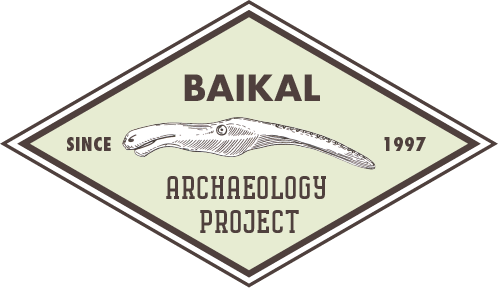Congratulations to Daniel Temple and co-authors on the recent publication of their article in American Journal of Biological Anthropology!
Title: Adapting in the Arctic II: Upper limb diaphyseal robusticity and habitual activity in Late Holocene hunter-gatherers from Alaska
Authors: Daniel Temple, Emily Rosa, David R. Hunt, Christopher B. Ruff (28 March 2023) American Journal of Biological Anthropology.
Abstract:
Objectives
This study compares humeral diaphyseal robusticity and asymmetry between Late Holocene hunter-gatherers from Alaska with the goal of reconstructing habitual activity in relation to culture and environment.
Materials and Methods
Ancestral remains from four geographic regions of Alaska were divided into five site groups defined by subsistence strategies and technology: Aleutian Islands, Coastal Bay, Far North Coastal, Inland/Riverine, and Tikeraq. Mid-distal humeral diaphyseal robusticity was quantified using cross-sectional geometric properties standardized by estimated body mass and bone length.
Results Conclusions
Humeral strength and bilateral asymmetry were greatest in Aleutian Island males, moderate in Far North Coastal and Tikeraq males, and reduced in Inland/Riverine males. Left-biased directional asymmetry and reduced humeral strength were found in Coastal Bay males. Aleutian Island males had relatively mediolaterally strengthened humeri compared with other groups. Aleutian Island females had elevated humeral strength, while humeral asymmetry among females was moderate and did not vary between groups. Humeri were relatively round among Aleutian Island and Tikeraq females and anteroposteriorly (A-P) strengthened among Coastal Bay, Far North Coastal, and Inland/Riverine females.
Conclusions
These results suggest elevated humeral strength and asymmetry in males that engaged in rowing and unimanual projectile hunting, while reduced humeral strength and asymmetry may reflect bow-and-arrow or ensnarement technologies. Left-biased humeral asymmetry may be associated with net-fishing. Humeral strength and asymmetry are consistent with select instances of unimanual projectile hunting in females, while differences in humeral A-P/mediolateral strength may reflect variation in butchery and processing of prey versus rowing and throwing behaviors.
Congratulations to Dan and all co-authors!
Photo from article: FIGURE 1 Map indicating location of sites included in this study. Green squares: Aleutian Islands; Red squares: Coastal Bay; White squares: Far North Coastal; Blue squares: Inland/Riverine; Black square: Tikeraq. Site names and corresponding numbers are listed in Table 2.



